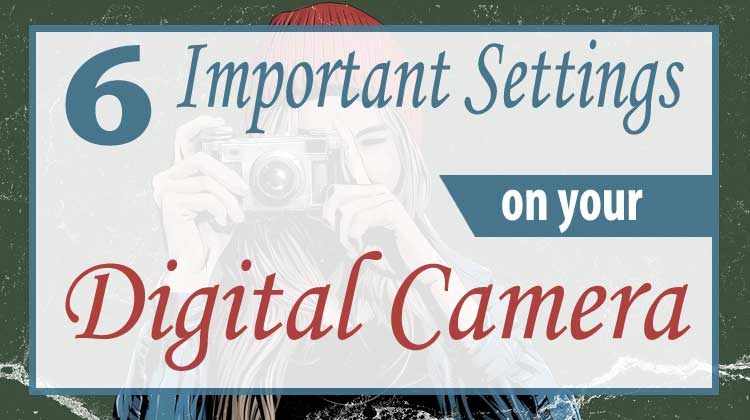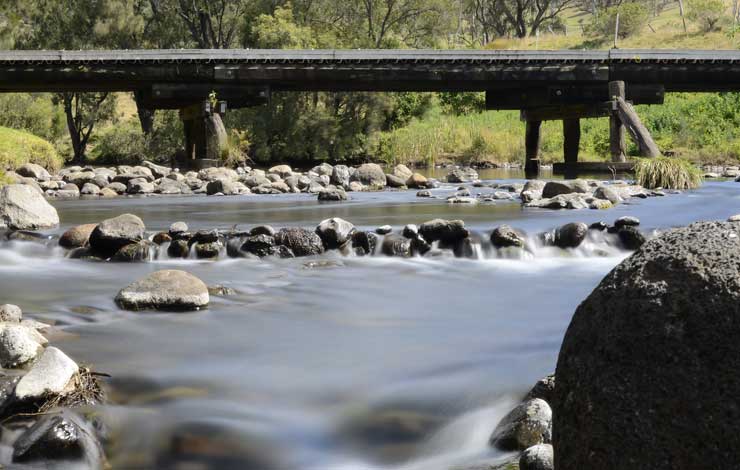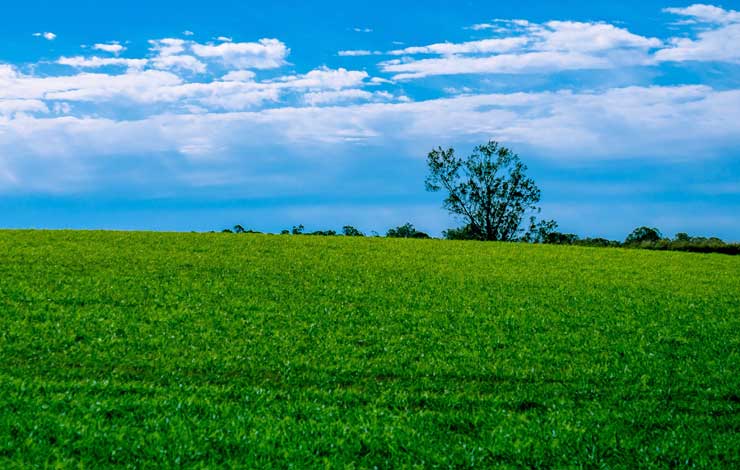As a general rule, knowing the six most important settings on your Digital Camera will help you improve your photography. When I purchased my first digital camera (DSLR), I had no idea how to change the important settings on the camera. I simply set the camera to AUTO and started taking photographs.
However, I realized if I were to develop a creative edge to my photography, I knew I needed to learn and understand the six most important settings on the digital camera. Therefore, I decided to go manual mode to set the digital camera for each photograph. That was the best thing I did. I soon learned, understood and started putting into practice the six most important settings on the digital camera.

Six Important Settings on Your Digital Camera
To get the most from your digital camera, it requires a certain level of understanding about the different functions of your camera and the accessories.
You don’t have to become a professional to develop your camera skills but you do need to take some time to learn and appreciate the fundamentals.
The six camera settings are shutter speed, aperture, metering mode, auto-focus mode, white balance and exposure mode.
1. Exposure Mode
What is exposure? Exposure refers to the light that is let into the camera when you take a picture. It also refers to the camera’s sensitivity to that light when it strikes the image sensor.
An overexposed image has too much light and the image will be bright and washed out.
An underexposed image has not enough light and the image will be dark and murky.
You can adjust the exposure by changing the exposure settings. The exposure settings are: the aperture, shutter speed and ISO.
Put simply, aperture + shutter speed + ISO = exposure.

2. Metering Mode
Metering mode is what determines how the camera measures the light it sees in the scene you are aiming your camera and how it uses that light to determine the best exposure.
Metering mode has three settings – evaluative/matrix metering, center weighted metering and spot/partial metering.
3. Auto-Focus Mode
Autofocus (AF) involves speed (single or continuous) and number and location of sensors.
- (AF-S) Single exposure mode is best for landscapes and subjects that do no move.
- (AF-C) Continuous exposure mode is for shooting sports or activities where you want to capture the action quickly.
AF Sensor Location – you will find AF sensors (AutoFocus Zones) in your view finder. You can change these zone to suit your composition.
4. White Balance
To the human eye, the color white is the same whether in the shade, in the sun or indoors under fluorescent lights. It is different for cameras.
To keep colors looking the same in different types of lighting, digital cameras use the white balance control.
Digital Cameras have auto white balance, pre-programmed white balance and manual white balance.
Auto white balance chooses the white balance for you. The pre-programmed white balance allows you to choose – sunny, cloudy, etc.
Manual white balance is as simple as pointing your digital camera at something white and following the procedure for color balancing. Cameras vary so you will need to read your manual.
You can use white balance for a creative edge to your photography. Therefore, it is in your best interest to master white balance for your digital camera.
5. Aperture
The aperture, also called the f/stop, on a digital camera is one setting that controls the amount of light that reaches the image sensor.
The word aperture means opening. The aperture of a lens can be opened and closed. Adjusting the aperture opening is one way to shoot creative photographs.
You can control depth of field with the aperture settings.

6. Shutter Speed
Shutter speed is another way of controlling the amount of light that reaches the image sensor. A fast shutter speed will stop action and give a literal interpretation of the scene.
Long shutter speeds allows you to create motion blur which in turn creates an interesting effect to your photograph.
Panning is another way of creating interesting effects. Panning is achieved by selecting a long shutter speed and following the path of a moving object with the camera. This keeps the subject in focus while the background is blurred.